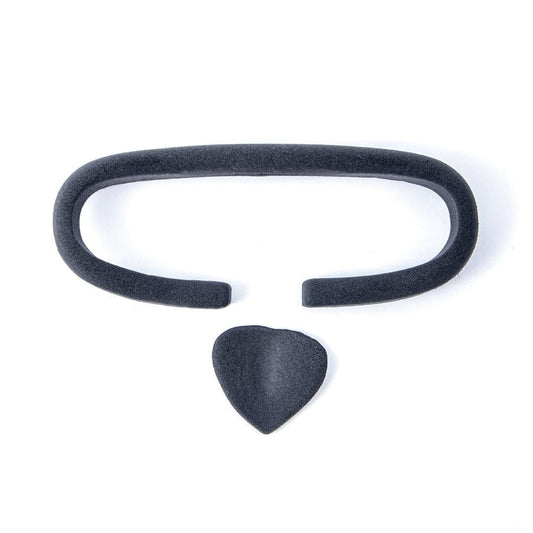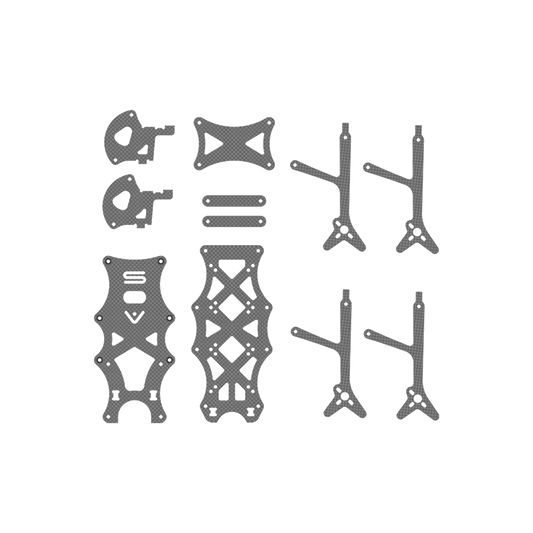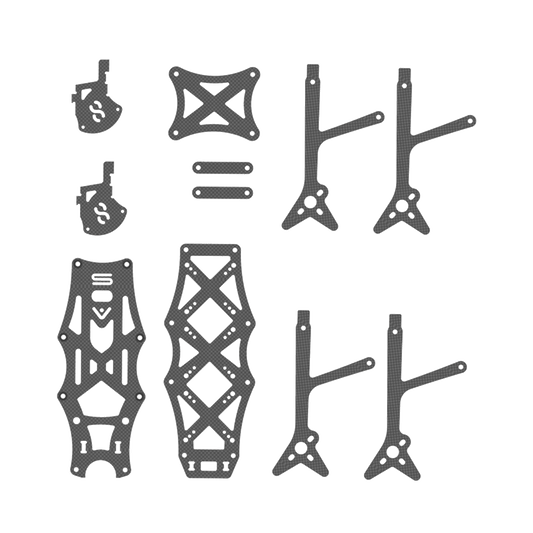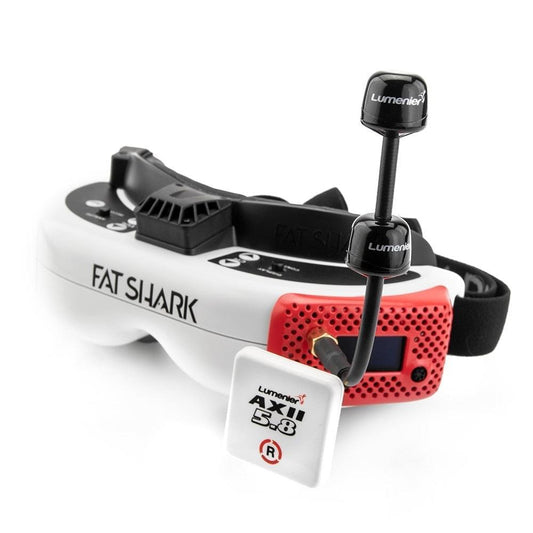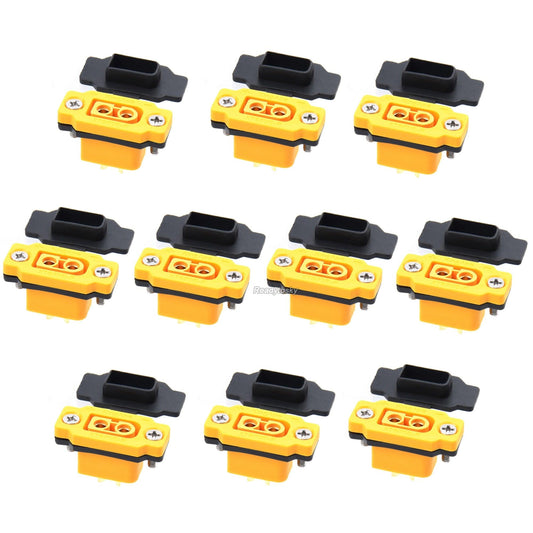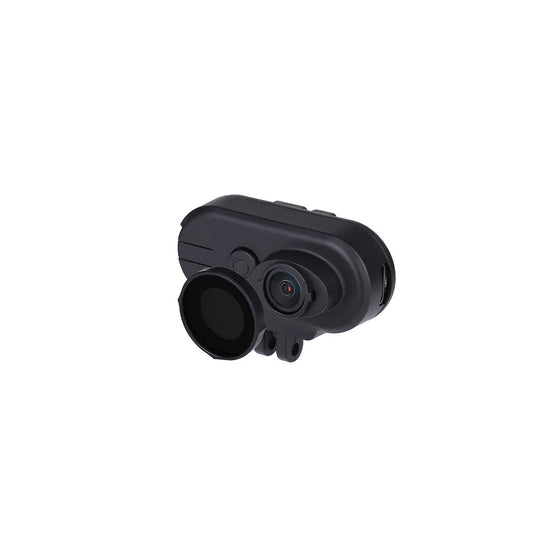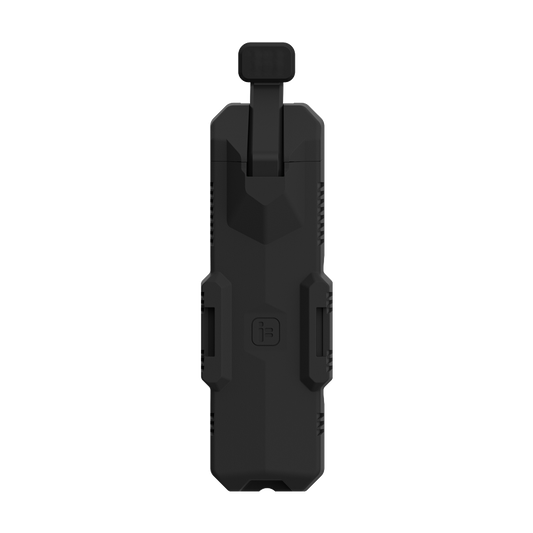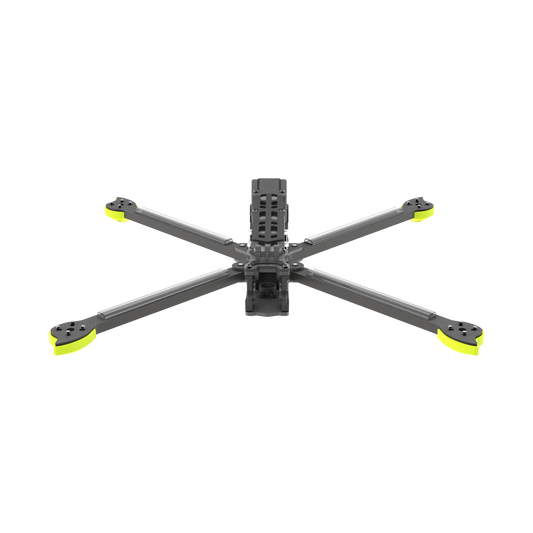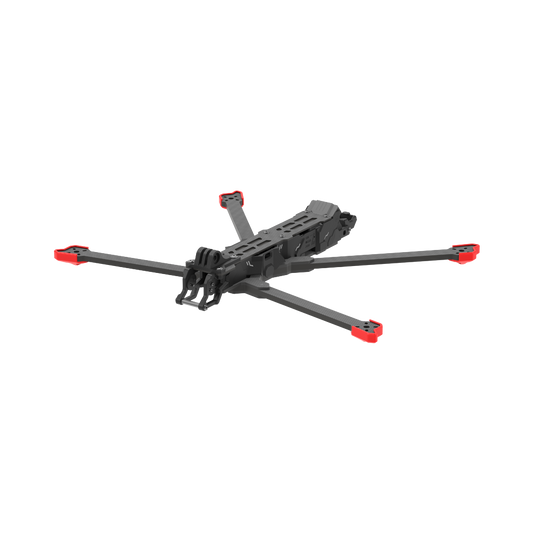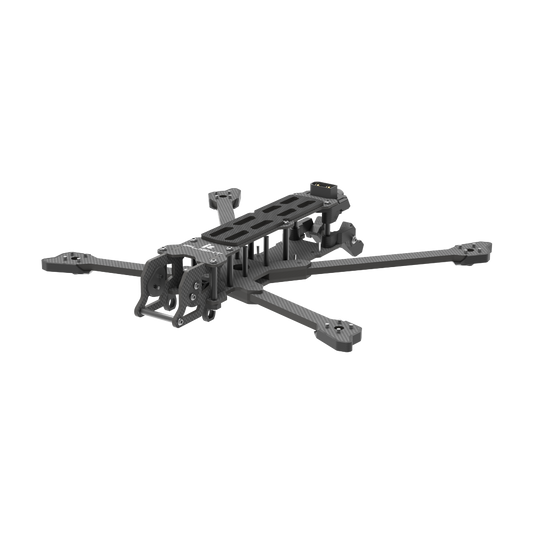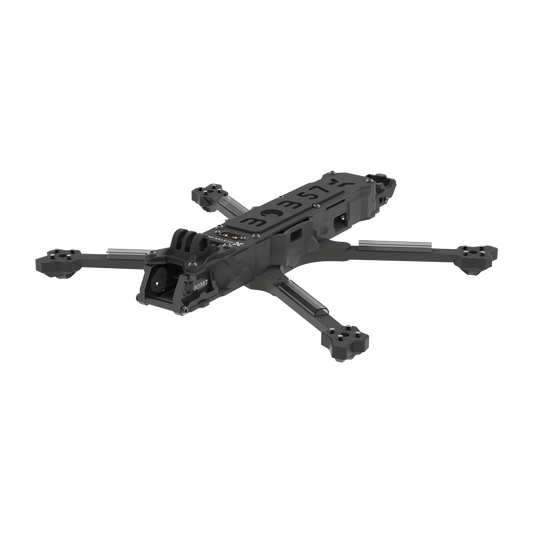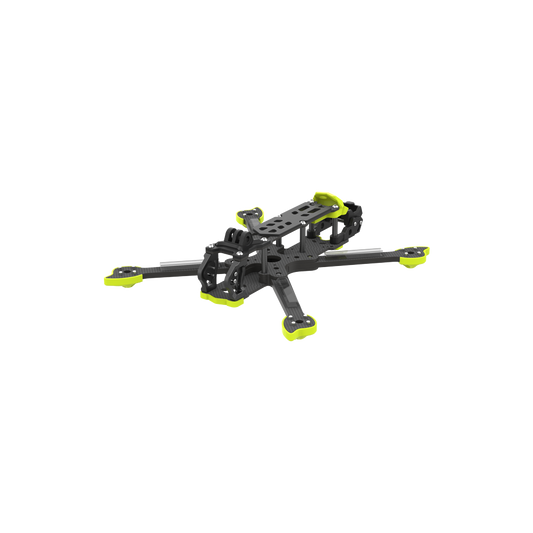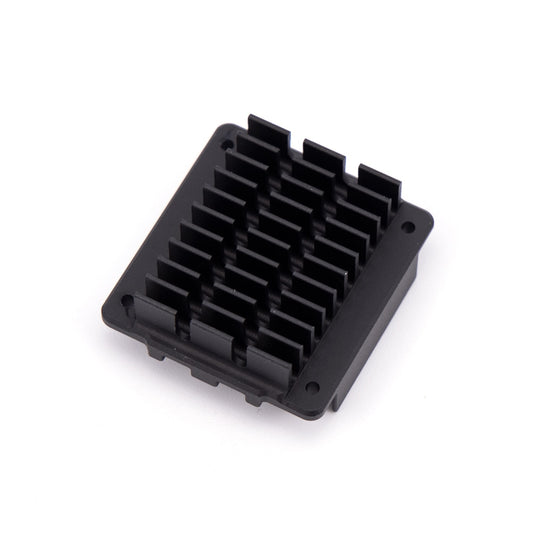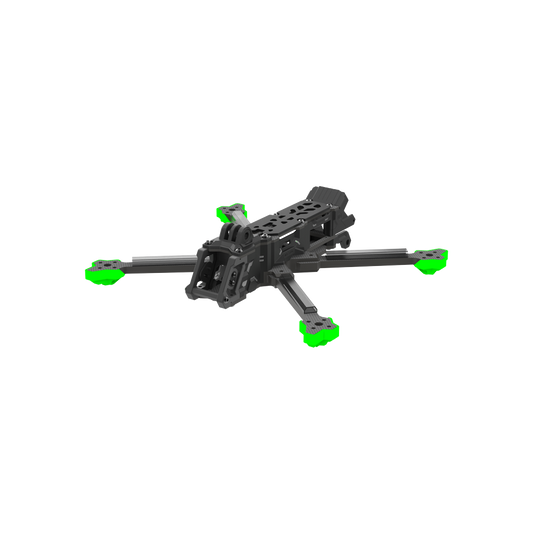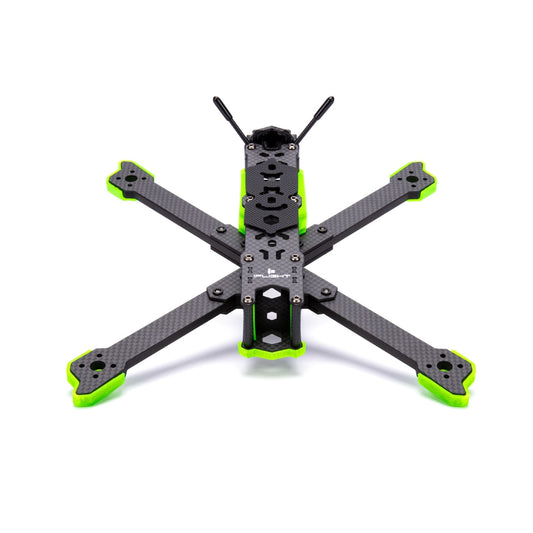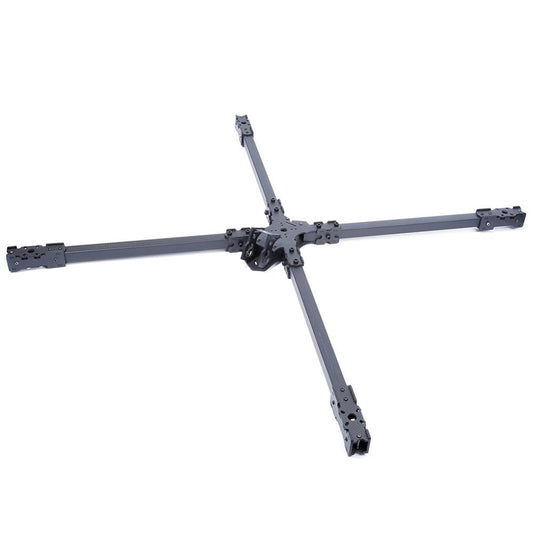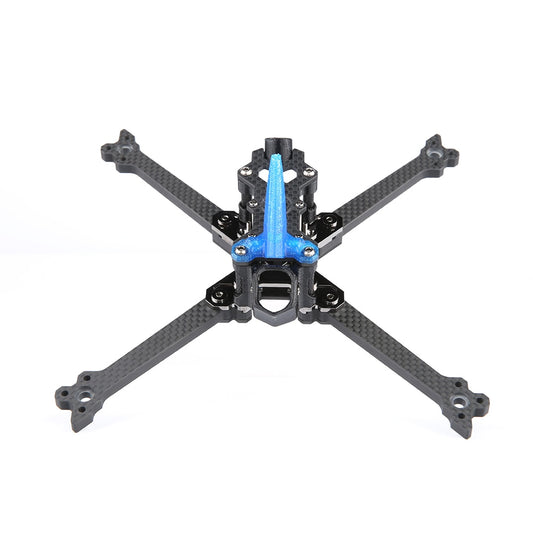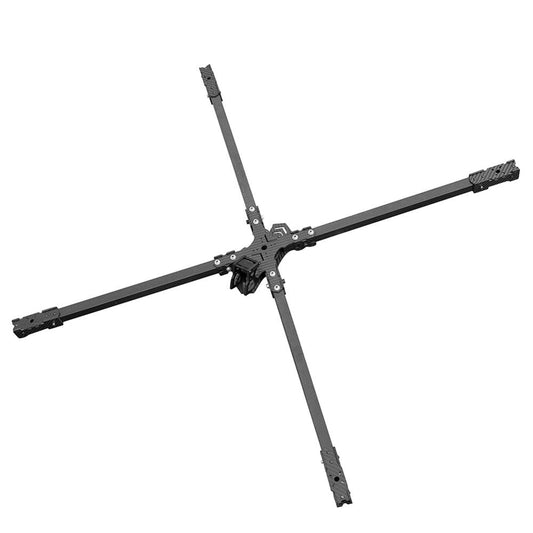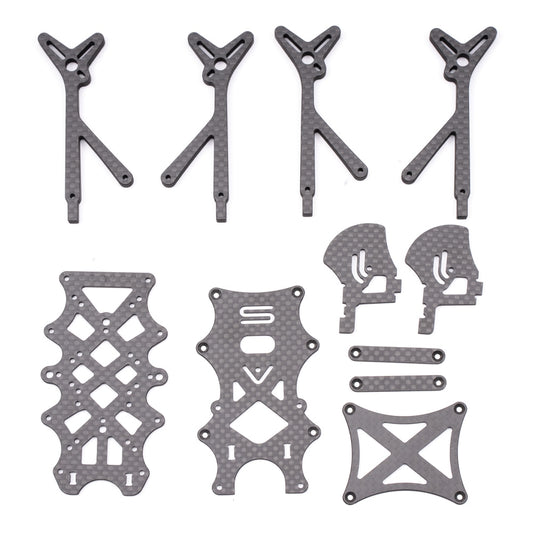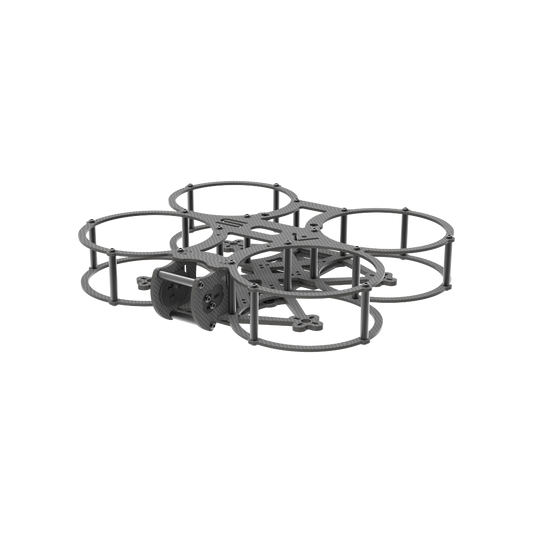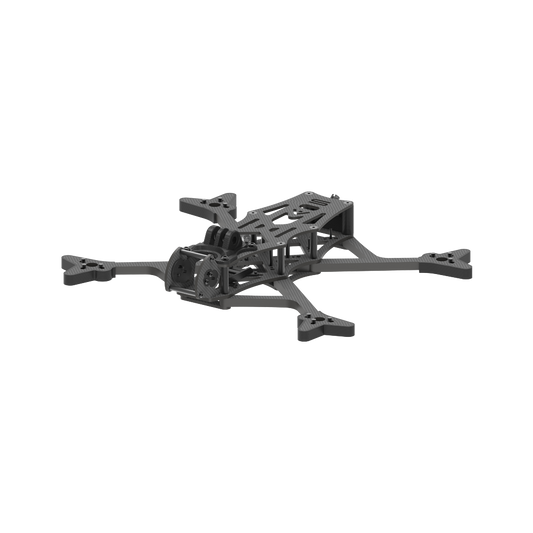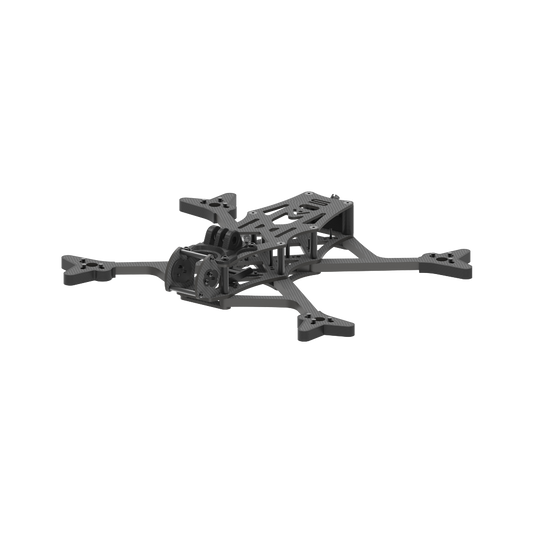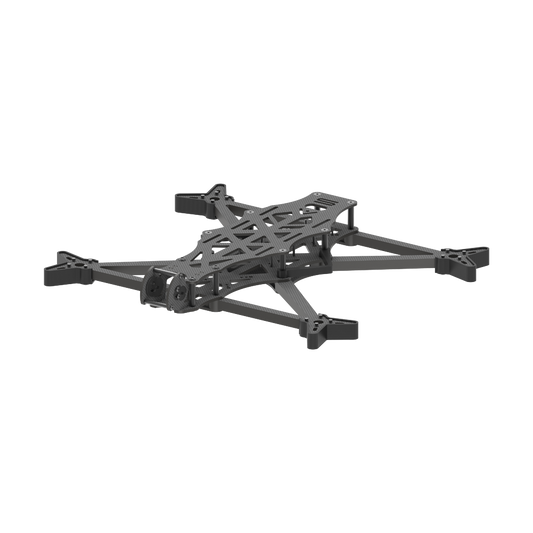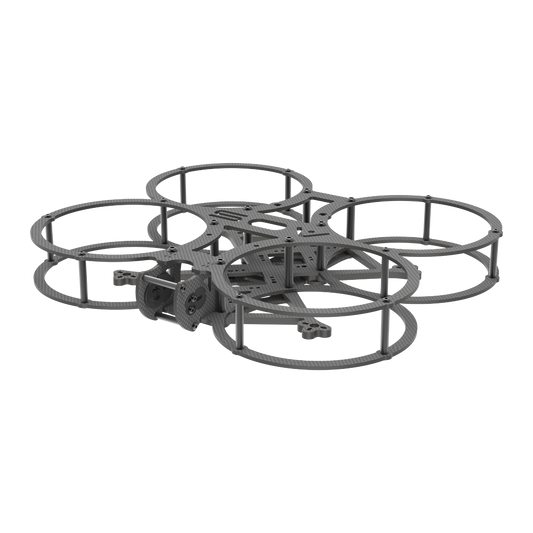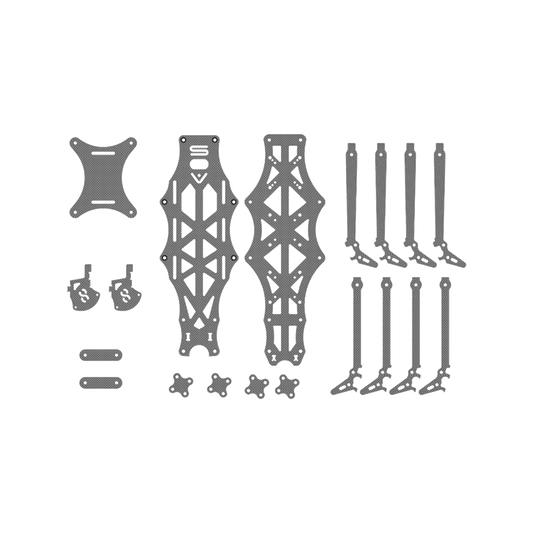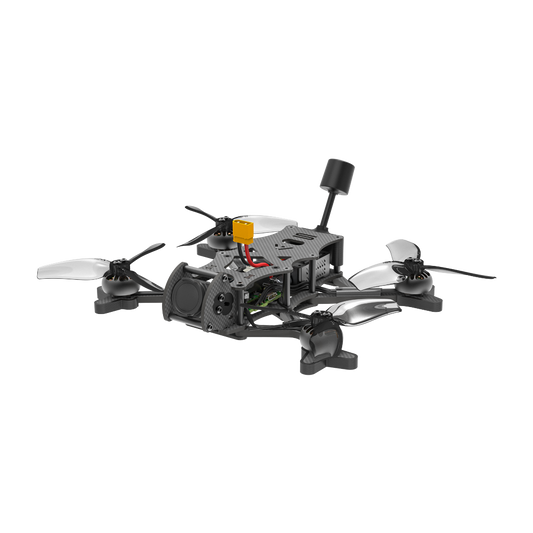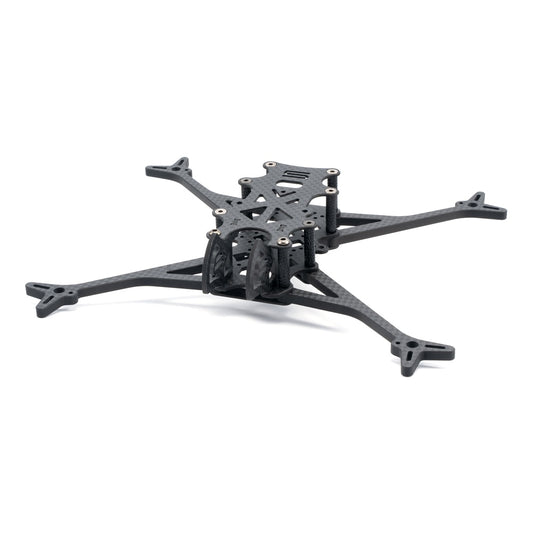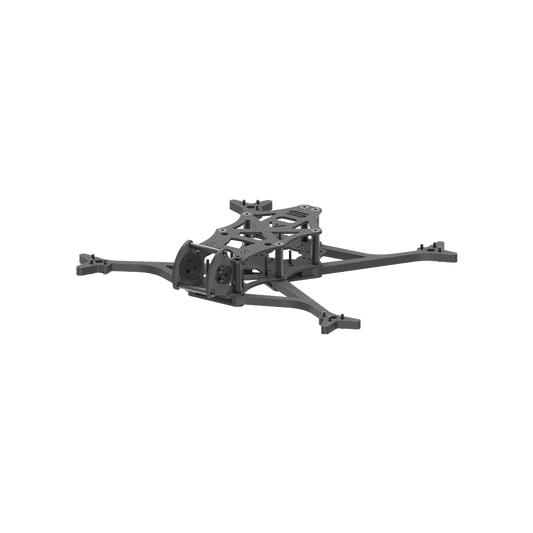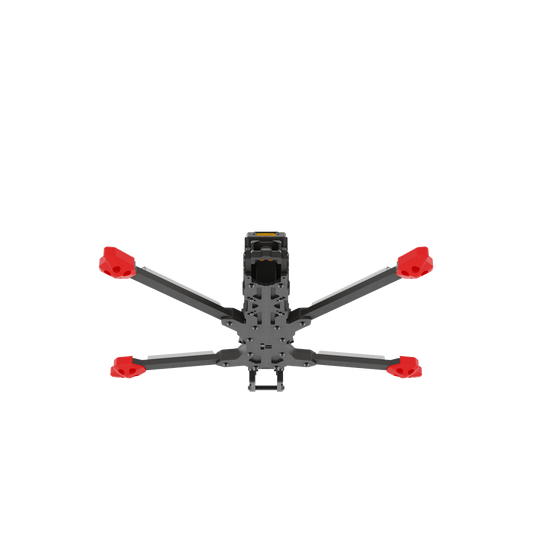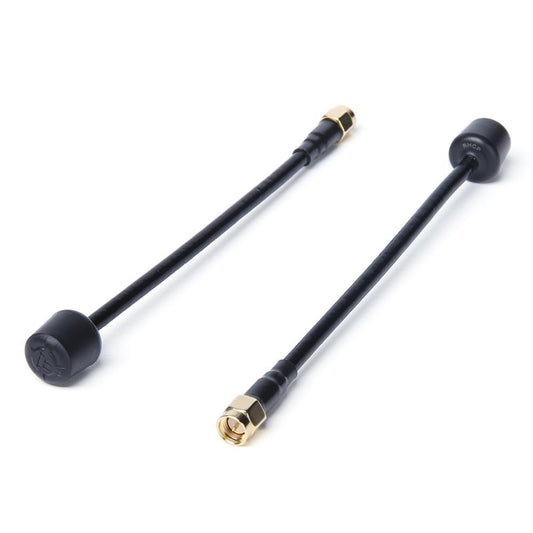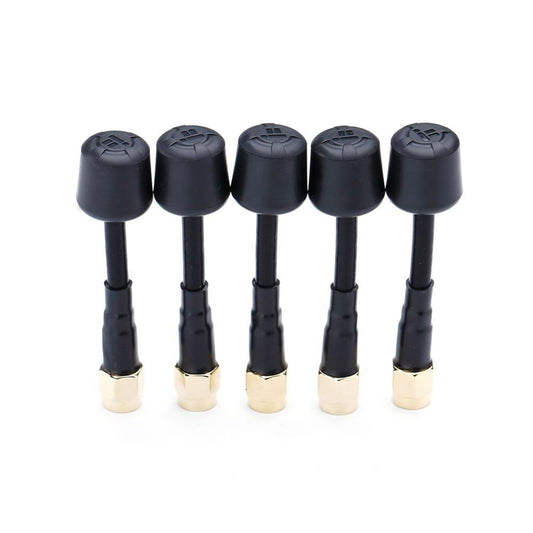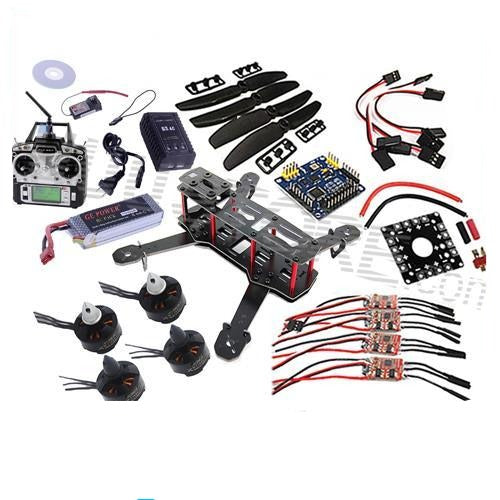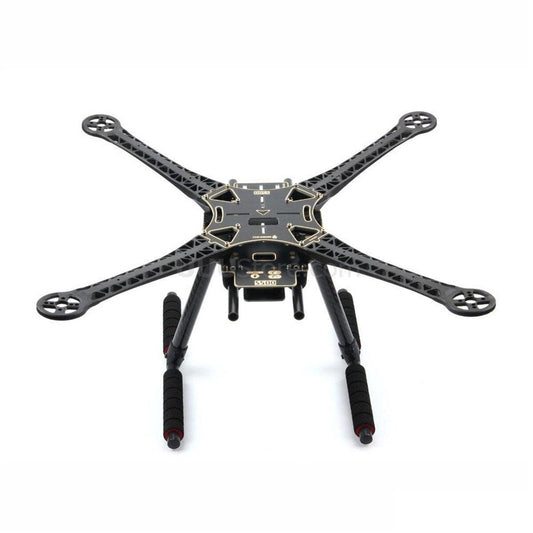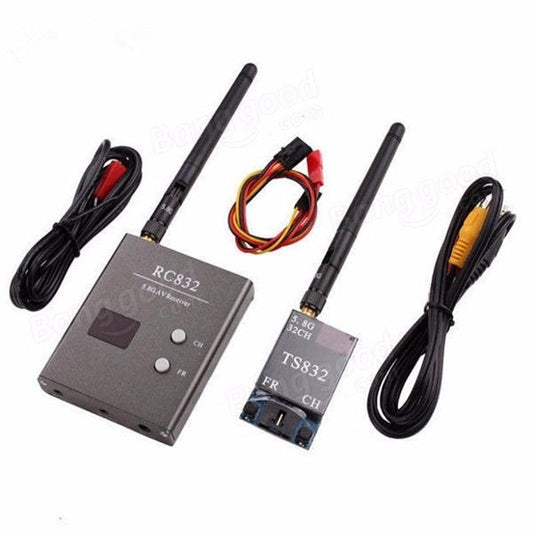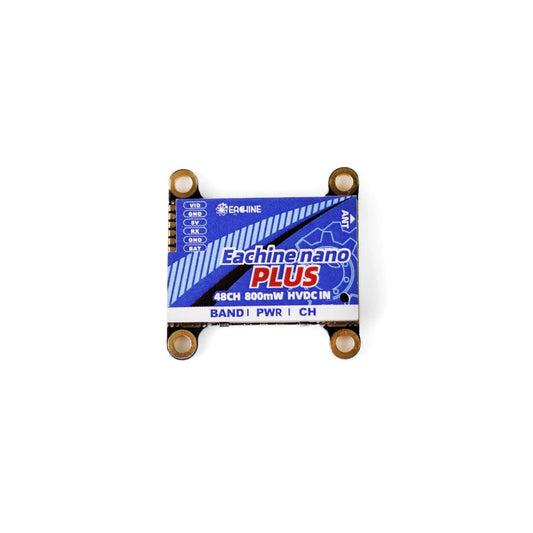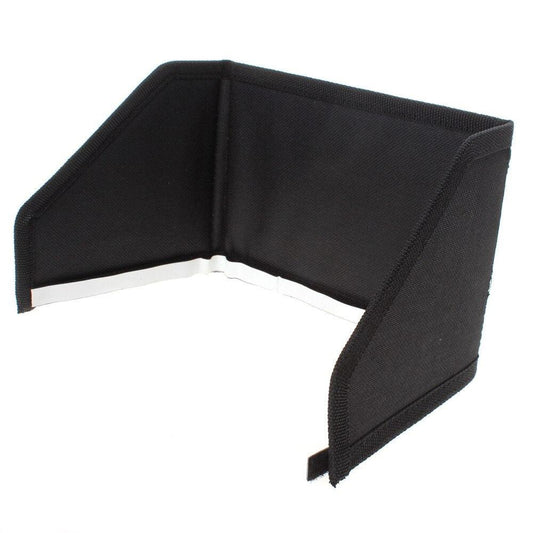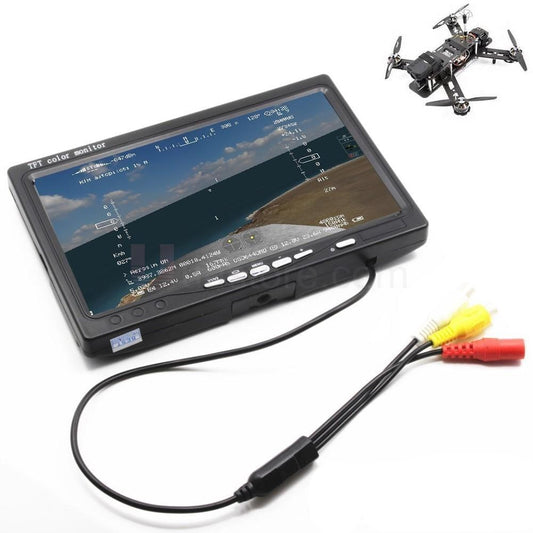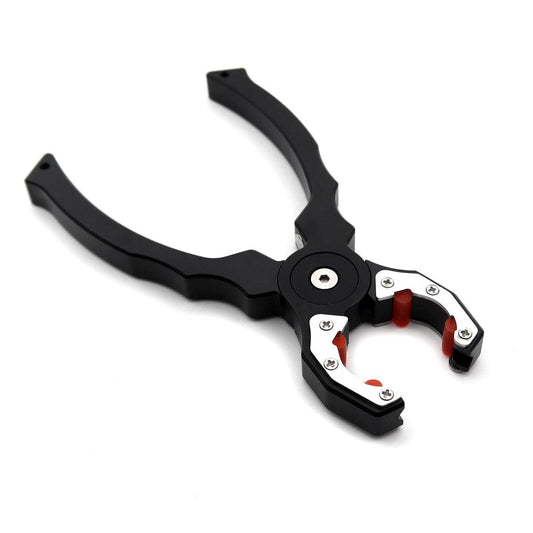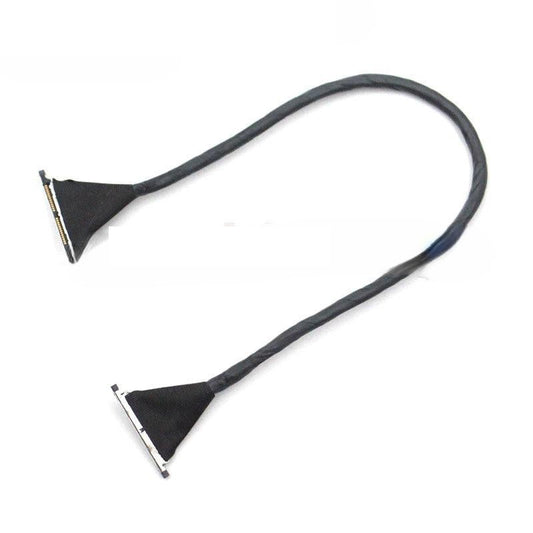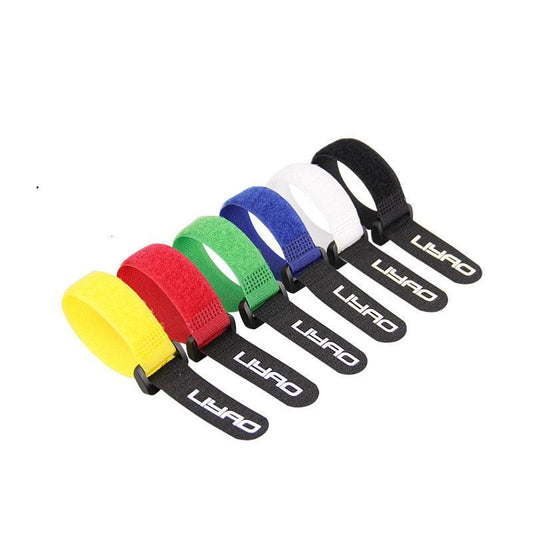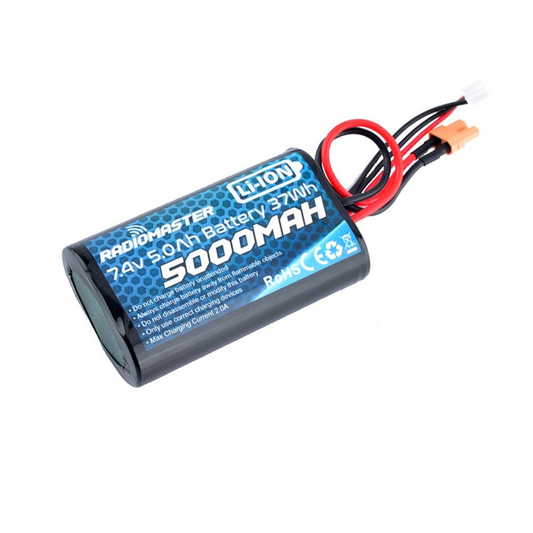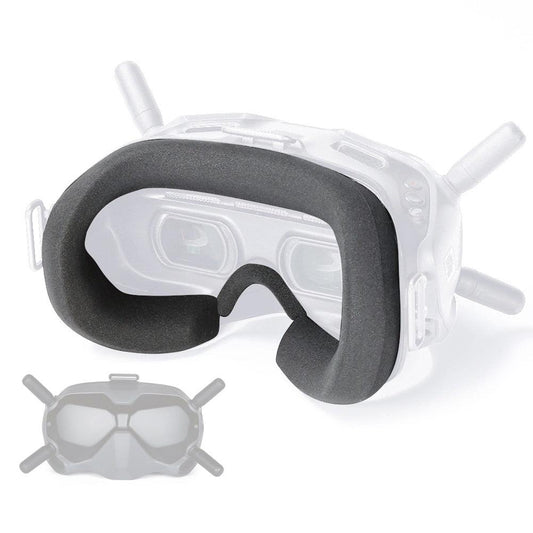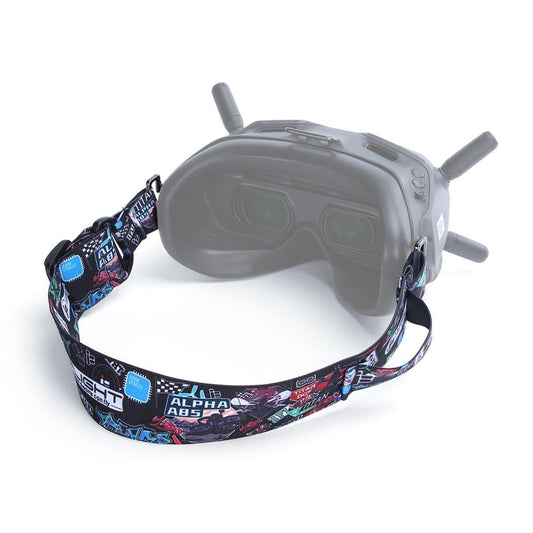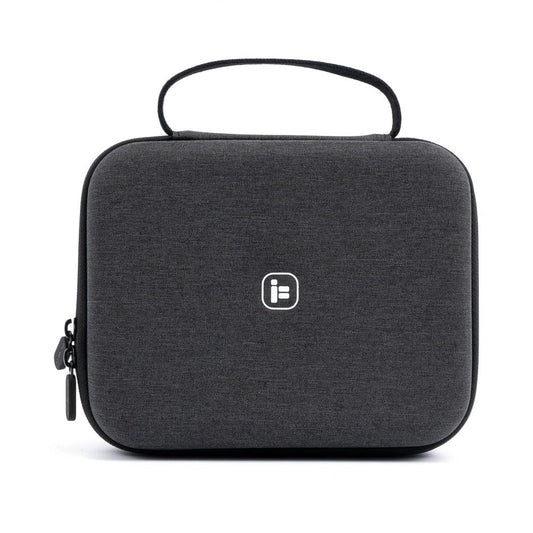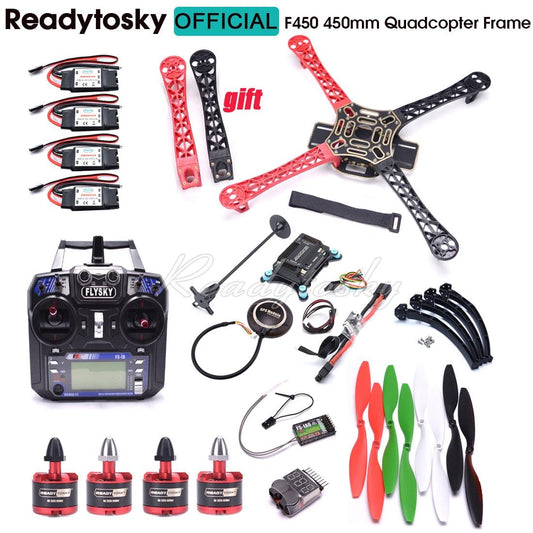-
iFlight Replacement FPV Goggles Sponge Foam Padding for DJI Goggles 2
Regular price $22.44 USDRegular priceUnit price per$42.50 USDSale price $22.44 USDSale -
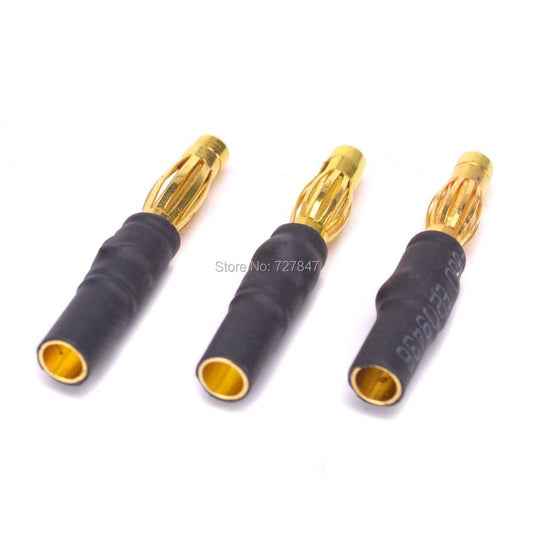
3.5mm Female to 4.0mm Male Gold Bullet banana Connector Adapter for ESC / Motor Part Good Quality
Regular price From $21.21 USDRegular priceUnit price per$33.93 USDSale price From $21.21 USDSale -
iFlight AOS 3.5 O3 FPV Replacement Part for middle plate/top plate/bottom plate/1pc arm/1pair side plates/arm pad/antenna mount
Regular price From $12.71 USDRegular priceUnit price per$25.43 USDSale price From $12.71 USDSale -
iFlight AOS 5 O3 FPV Frame Replacement Parts for middle plate/top plate/bottom plate/1pc arm/1pair camera side plates
Regular price From $14.01 USDRegular priceUnit price per$28.01 USDSale price From $14.01 USDSale -
1/2PC Lumenier Double AXII 2 5.8G 4.7dBiC RHCP Long Range FPV Antenna for RC Fatshark HDO Goggles ImmersionRC Rapidfire Receiver FPV Goggles
Regular price From $55.42 USDRegular priceUnit price per$83.14 USDSale price From $55.42 USDSale -
XT60 Plug Connector - NEW XT60BE-F XT60E-F & XT60 / XT60H Model Airplane Battery Gold-Plated 30A High Current Safe Female Plug Connector FPV Accessories
Regular price From $8.92 USDRegular priceUnit price per$17.85 USDSale price From $8.92 USDSale -
Hawkeye Thumb 4K HD FPV Camera - With ND16 Filter FOV 170 Gyroflow Stabilization Remote Recording For FPV Rcaing Drone Quadcopter
Regular price From $90.27 USDRegular priceUnit price per$135.40 USDSale price From $90.27 USDSale -
iFlight Defender 25 Batteries 900mAh / 550mAh with XT30 connector for FPV parts
Regular price From $27.16 USDRegular priceUnit price per$46.18 USDSale price From $27.16 USDSale -
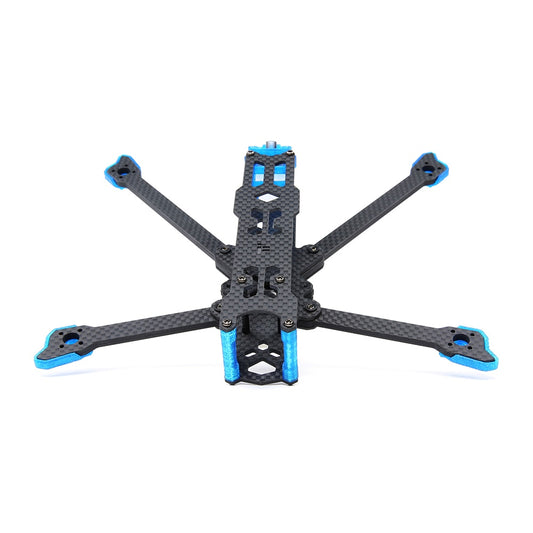
iFlight Chimera5 DC 219mm 5inch LR Frame Kit with 4mm arm compatible with Nazgul 5030 prop for FPV
Regular price $58.70 USDRegular priceUnit price per$88.06 USDSale price $58.70 USDSale -
iFlight XL10 V6 420mm 10inch FPV Frame Kit with 8mm arm compatible with DJI O3 Air Unit / Caddx Vista HD System for FPV drone
Regular price $143.89 USDRegular priceUnit price per$201.45 USDSale price $143.89 USDSale -
iFlight Chimera9 Frame Kit with 6mm arm for FPV LongRange
Regular price $168.96 USDRegular priceUnit price per$236.55 USDSale price $168.96 USDSale -
iFlight Chimera5 Pro V2 5inch Frame Kit with 4mm arm for FPV parts
Regular price $58.70 USDRegular priceUnit price per$88.06 USDSale price $58.70 USDSale -
BOB57 O3 Frame Kit with 6mm arm for FPV parts
Regular price $143.89 USDRegular priceUnit price per$201.45 USDSale price $143.89 USDSale -
iFlight Nazgul5 V3 Frame Kit with 5mm arm for FPV parts
Regular price $89.75 USDRegular priceUnit price per$134.62 USDSale price $89.75 USDSale -
iFlight Anti Spark Filter / Single Antenna TPU/Dual Antenna TPU /O3 Air Unit Heatsink for Chimera7 Pro V2 / Nazgul FPV parts
Regular price From $14.01 USDRegular priceUnit price per$28.01 USDSale price From $14.01 USDSale -
iFlight Nazgul Evoque F6 V2 Frame Kit 6inch F6D/F6X HD/Analog(Squashed-X / DeadCat) with 6mm arm for FPV parts
Regular price $130.81 USDRegular priceUnit price per$183.13 USDSale price $130.81 USDSale -
iFlight TITAN XL5 (HD) 250mm 5inch FPV Frame with 6mm arm for FPV Freestyle drone part
Regular price From $72.75 USDRegular priceUnit price per$109.13 USDSale price From $72.75 USDSale -
iFlight iXC13 850mm 13inch X-CLASS Ture X FPV Racing Frame compatible 13inch propeller for FPV drone part
Regular price $207.33 USDRegular priceUnit price per$290.26 USDSale price $207.33 USDSale -
iFlight Mach R5 215mm 5inch FPV Racing Frame Kit with 6mm arm compatible with XING2 2506 1850KV motor for FPV
Regular price $71.94 USDRegular priceUnit price per$107.91 USDSale price $71.94 USDSale -
iFlight iXC15 X-CLASS 15inch 950mm True X FPV Racing Frame for FPV drone part
Regular price $233.80 USDRegular priceUnit price per$327.32 USDSale price $233.80 USDSale -
iFlight AOS 3.5 V2 FPV Frame Replacement Parts for middle plate/top plate/bottom plate/1pc arm/1pair side plates
Regular price From $11.42 USDRegular priceUnit price per$22.84 USDSale price From $11.42 USDSale -
AOS Cine25 EVO V1.2 FPV Frame Kit for FPV
Regular price $85.65 USDRegular priceUnit price per$128.48 USDSale price $85.65 USDSale -
AOS 5 EVO V1.2 FPV Frame Kit with 6mm arm for FPV
Regular price $98.70 USDRegular priceUnit price per$148.04 USDSale price $98.70 USDSale -
AOS 5.5 EVO FPV Frame Kit with 6mm arm for FPV
Regular price $105.22 USDRegular priceUnit price per$157.83 USDSale price $105.22 USDSale -
AOS 7 EVO FPV 7inch Frame Kit with 8mm arm for FPV
Regular price $124.78 USDRegular priceUnit price per$187.17 USDSale price $124.78 USDSale -
AOS Cine35 EVO FPV Frame Kit for FPV
Regular price $118.26 USDRegular priceUnit price per$177.39 USDSale price $118.26 USDSale -
iFlight AOS 7 O3 FPV Frame Replacement Part for middle plate/top plate/bottom plate/1pc arm/1pair camera side plate/motor plate
Regular price From $10.13 USDRegular priceUnit price per$20.25 USDSale price From $10.13 USDSale -
AOS 3.5 EVO HD 4S 3.5inch FPV Drone BNF with O3 Air Unit for FPV
Regular price From $682.51 USDRegular priceUnit price per$955.51 USDSale price From $682.51 USDSale -
AOS UL5 FPV Frame Kit with 5mm arm for FPV
Regular price $73.12 USDRegular priceUnit price per$109.68 USDSale price $73.12 USDSale -
AOS LR5 EVO FPV Frame Kit with 5mm arm for FPV
Regular price $79.13 USDRegular priceUnit price per$118.70 USDSale price $79.13 USDSale -
iFlight Chimera7 Pro V2 7.5inch Frame Long Range Frame Kit with 6mm arm for DJI O3 Air Unit Mount FPV Racing parts
Regular price $149.17 USDRegular priceUnit price per$208.84 USDSale price $149.17 USDSale -
iFlight Albatross 5.8GHz Antenna - 3Dbi 5000-6000MHz 150mm RHCP / LHCP RP-SMA / SMA FPV Antenna for FPV drone part
Regular price From $14.77 USDRegular priceUnit price per$29.53 USDSale price From $14.77 USDSale -
iFlight Albatross LHCP/RHCP 5.8GHz RHCP SMA/LHCP RP-SMA FPV Antenna with 45mm cable for FPV drone part
Regular price From $13.92 USDRegular priceUnit price per$27.83 USDSale price From $13.92 USDSale -
Mini QAV250 FPV Quadcopter RTF Frame+4 x Motor+4xEsc+Flight Control+4xProp+Radio+Charger+Battery+Monitor+Cam+AV Tx Rx
Regular price $514.99 USDRegular priceUnit price per$720.99 USDSale price $514.99 USDSale -
Holybro S500 Wheelbase Frame - 10 Inch 480mm Kit for RC Drone Quadcopter Spare DIY Accessories Replacment Parts
Regular price $65.84 USDRegular priceUnit price per$98.76 USDSale price $65.84 USDSale -
Eachine RC832 Boscam FPV 5.8G 48CH Wireless AV Receiver - Professional Racer RC FPV Racing Drone RC Plane Kit Accessories
Regular price From $29.01 USDRegular priceUnit price per$43.52 USDSale price From $29.01 USDSale -
Eachine Nano Plus FPV VTX Video Transmitter - 5.8GHz 48CH 800mW Transmitter for RC Racing Drone Plane FPV Drone DIY Kit Accessories Support Microphone 6-36V FPV Goggle
Regular price From $53.58 USDRegular priceUnit price per$75.01 USDSale price From $53.58 USDSale -
Sun Hood SunShade for 7 inch LCD FPV Monitor - 2 Vision H3-2D Zenmuse Video Screen FPV Ground Station DJI Phantom Video
Regular price $19.45 USDRegular priceUnit price per$31.11 USDSale price $19.45 USDSale -
NO blue 7" LCD Color 1024*600 FPV Monitor - Video Screen 7 inch Rc car Multicopter DJI Phantom ZMR250 QAV250 racing fpv drone
Regular price $53.10 USDRegular priceUnit price per$79.65 USDSale price $53.10 USDSale -
M3/M4/M5 Lock Nuts Props Adapter 2204 Motor Bullet Cap Quick Cap / Propeller Removal Tool Motor Grip Plier RC FPV Racing Drone
Regular price $13.37 USDRegular priceUnit price per$26.73 USDSale price $13.37 USDSale -
Caddx DJI Air Unit Coaxial Cable - 12cm for Caddx Vista Polar Runcam Phoenix HD Digital DJI FPV Camera DIY Parts Drone Accessories
Regular price From $21.75 USDRegular priceUnit price per$34.80 USDSale price From $21.75 USDSale -
Lipo Battery Strap - 10PCS 200mm 300mm Magic Sticker Lipo Battery Strap for RC Helicopter Airplane FPV Racing Drone Batteries DIY Parts
Regular price From $17.33 USDRegular priceUnit price per$27.72 USDSale price From $17.33 USDSale -
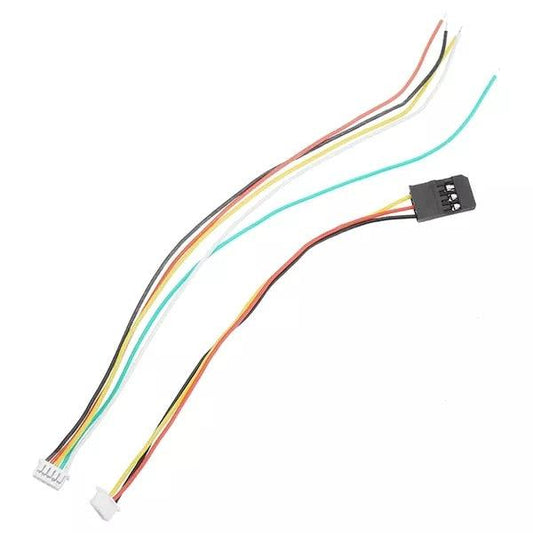
FrSky R-XSR Ultra Mini Redundancy Receiver Data Wire Cable to Flight Controller FPV Drone Parts
Regular price From $7.26 USDRegular priceUnit price per$14.52 USDSale price From $7.26 USDSale -
Original RadioMaster TX16S Battery - 2S 5000mAh Lipo Battery Frsky Multi Protocol Open Source Remote Control FPV Racing Drone
Regular price $28.51 USDRegular priceUnit price per$45.62 USDSale price $28.51 USDSale -
iFlight Replacement FPV Goggles Sponge Foam Padding for DJI FPV Goggles V2
Regular price From $20.03 USDRegular priceUnit price per$38.31 USDSale price From $20.03 USDSale -
Goggles Headband Headstrap - iFlight Adjustable FPV Goggles Headband Headstrap with battery holder for Fatshark Goggles/DJI FPV goggles/other Goggles
Regular price From $20.03 USDRegular priceUnit price per$38.31 USDSale price From $20.03 USDSale -
iFlight Carring Case portable bag - for Commando 8 FPV Transmitter Radio FPV Drone Bags
Regular price $26.57 USDRegular priceUnit price per$42.50 USDSale price $26.57 USDSale -
F450 450mm Quadcopter Frame Kit w/ APM2.8 Flight Controller 7M GPS 30A Simonk ESC 2212 920KV Flysky FS-i6 IA6 For RC Quadcopter
Regular price From $102.05 USDRegular priceUnit price per$153.08 USDSale price From $102.05 USDSale
